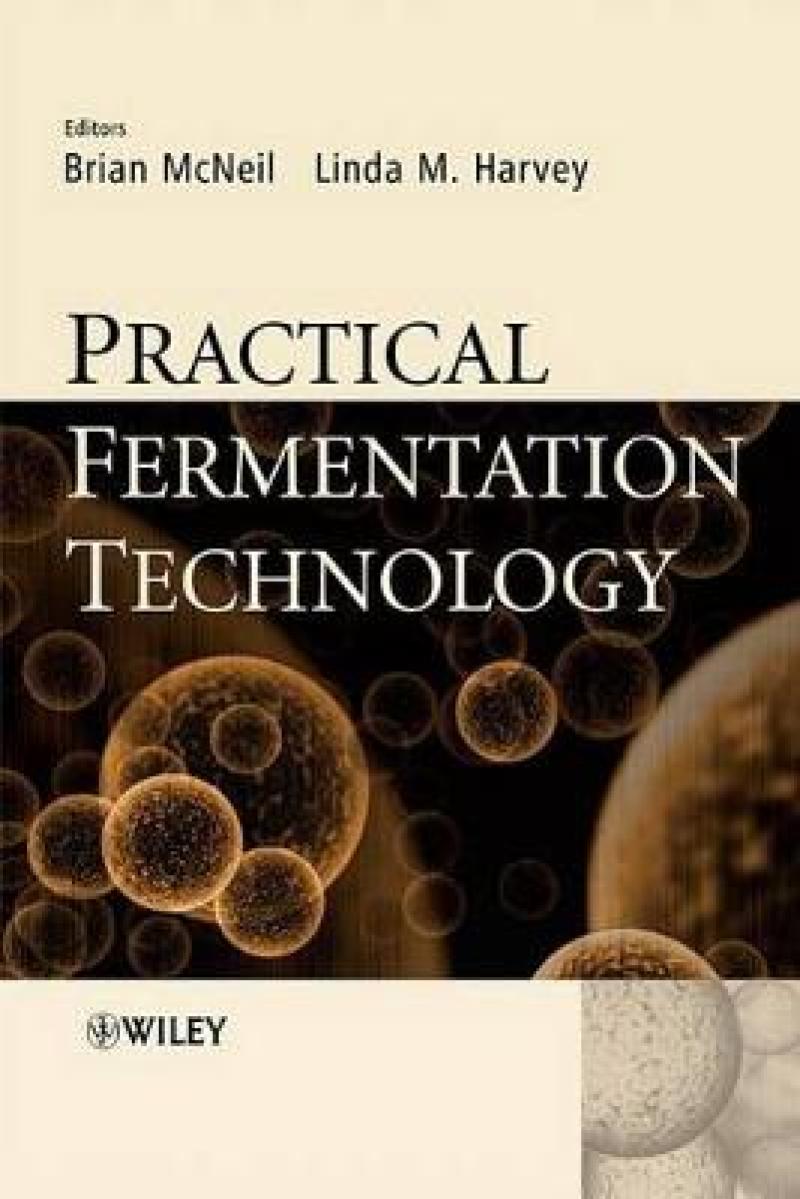A hands-on book which begins by setting the context;- defining 'fermentation' and the possible uses of fermenters, and setting the scope for the book. It then proceeds in a methodical manner to cover the equipment for research scale fermentation labs, the different types of fermenters available, their uses and modes of operation. Once the lab is equipped, the issues of fermentation media, preservation strains and strain improvement strategies are documented, along with the use of mathematical modelling as a method for prediction and control. Broader questions such as scale-up and scale down, process monitoring and data logging and acquisition are discussed before separate chapters on animal cell culture systems and plant cell culture systems. The final chapter documents the way forward for fermenters and how they can be used for non-manufacturing purposes. A glossary of terms at the back of the book (along with a subject index) will prove invaluable for quick reference.Edited by academic consultants who have years of experience in fermentation technology, each chapter is authored by experts from both industry and academia. Industry authors come from GSK (UK), DSM (Netherlands), Eli Lilly (USA) and Broadley James (UK-USA).
Les mer
A hands-on book which begins by setting the context;- defining 'fermentation' and the possible uses of fermenters, and setting the scope for the book. It then proceeds in a methodical manner to cover the equipment for research scale fermentation labs, the different types of fermenters available, their uses and modes of operation.
Les mer
List of Contributors. Acknowledgements. Preface. 1 Fermentation: An Art from the Past, a Skill for the Future (Brian McNeil and Linda M. Harvey). 2 Fermentation Equipment Selection: Laboratory Scale Bioreactor Design Considerations (Guy Matthews). 3 Equipping a Research Scale Fermentation Laboratory for Production of Membrane Proteins (Peter C.J. Roach, John O’Reilly, Halina T. Norbertczak, Ryan J. Hope, Henrietta Venter, Simon G. Patching, Mohammed Jamshad, Peter G. Stockley, Stephen A. Baldwin, Richard B. Herbert, Nicholas G. Rutherford, Roslyn M. Bill and Peter J.F. Henderson). 4 Modes of Fermenter Operation (Sue Macauley-Patrick and Beverley Finn). 5 The Design and Preparation of Media for Bioprocesses (Linda M. Harvey and Brian McNeil). 6 Preservation of Cultures for Fermentation Processes (James R. Moldenhauer). 7 Modelling the Kinetics of Biological Activity in Fermentation Systems (Ferda Mavituna and Charles G. Sinclair). 8 Scale Up and Scale Down of Fermentation Processes (Frances Burke). 9 On-line, In-situ, Measurements within Fermenters (Andrew Hayward).
Les mer
This book is intended to aid the beginner, or less experienced fermentation scientist, by bringing together and setting down practical experiences in fermentation technology, with contributions from academic and industrial scientists and engineers with many years experience of carrying out fermentation processes of different types, from bench-top right up to the largest industrial production scales. It focuses on the practical skills and associated problems, cross-referencing to appropriate reading material dealing with the underpinning science or engineering where relevant. The book begins with a brief background on the development of fermentation, through the criteria for selection of lab based fermenters, with a chapter on the more specialised needs and challenges of equipping a lab for membrane protein expression, before moving on to practical aspects of cultivation modes, medium preparation and sterilisation, and culture preservation and inoculum work up techniques.The modelling of fermentation processes is then discussed, followed by an examination of the practical aspects of scaling up or scaling down fermentations. The typical sensors used to monitor fermentations are then described and associated challenges presented. More specialised, and less frequently considered areas relating to fermentation are described, including the selection and use of Supervisory Control and Data Acquisition systems ( SCADA).The penultimate chapter focuses on a brief discussion of the variability inherent in fermentation processes, their consequences and how this can be described and quantified.The final chapter deals with a description of the various continuous culture systems (e.g. chemostats), and of how powerful these technologies are in helping us understand better the physiology of microbes, or cultured cells (animal or plant) via definition and control of their environment in the fermenter. This volume is not intended to be a handbook, but by presenting some of the more challenging aspects of the practice of fermentation, the learning curve of the newcomer may be accelerated, and their path to competence smoothed a little.
Les mer
Produktdetaljer
ISBN
9780470014349
Publisert
2008-02-08
Utgiver
Vendor
John Wiley & Sons Inc
Vekt
822 gr
Høyde
253 mm
Bredde
177 mm
Dybde
28 mm
Aldersnivå
P, 06
Språk
Product language
Engelsk
Format
Product format
Innbundet
Antall sider
408
Biographical note
Dr Brian McNeil, Dr Linda Harvey, Strathclyde Fermentation Centre, Department of Biosciences, Strathclyde UniversityLeading centre for fermentation research and consultancy in the UK.
